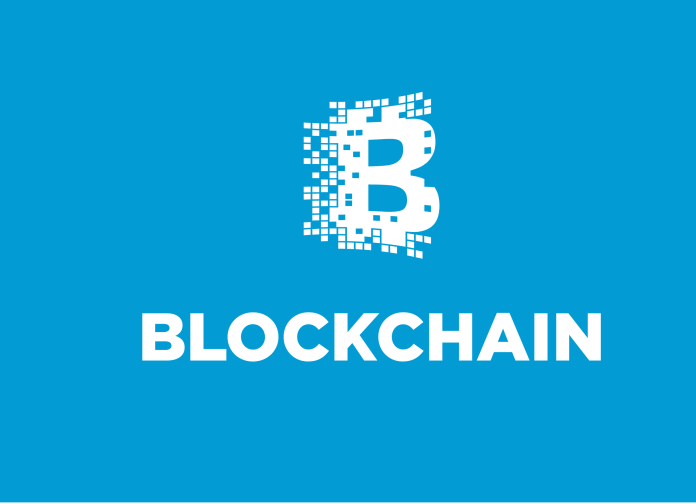- Central banks are increasingly exploring blockchain-based monetary policy through pilots like Project Pine, aiming to automate tools such as interest rates and repo operations using smart contracts.
- These experiments demonstrate the potential for faster, programmable, and more transparent financial systems, though challenges like legal finality, interoperability, and privacy remain.
Central banks around the world are delving into blockchain technology—not as a passing trend, but as a structural shift in how financial systems operate. With 134 jurisdictions currently piloting or studying central bank digital currencies (CBDCs), according to the Atlantic Council, blockchain is fast becoming a critical component in the modernization of monetary policy.
The appeal lies in tokenization. As banks and asset managers digitize money-market funds, treasuries, and deposits, central banks must ensure that their core tools—like interest rates, open-market operations, and liquidity facilities—can function in this new environment. Enter tokenized monetary policy.
Also read: Crypto Expert Says Mastering Shiba Inu (SHIB) Is Crucial as It Evolves Into a Complex Tech Investment
Projects such as Project Pine, launched by the BIS Innovation Hub and the New York Fed, have taken center stage in this transition. Using a permissioned Ethereum-compatible blockchain, Project Pine simulated how central bank tools can operate via smart contracts. Tasks traditionally executed through batch-settlement systems like Fedwire were automated—repo agreements settled instantly, interest on reserves accrued block-by-block, and emergency facilities deployed in real time during simulated crises.
This prototype showcased how monetary policy can be coded and executed on distributed ledger technology (DLT), offering real-time visibility, atomic settlement, and reduced latency. Other initiatives, like Singapore’s Project Guardian and the Bank of England’s wholesale CBDC sandbox, are exploring similar territory, testing live transactions with tokenized assets and hybrid payment systems.
However, integrating blockchain into central banking isn’t without hurdles. Legal recognition of blockchain records, interoperability between platforms, and privacy concerns are among the major challenges. Central banks must also tread carefully to avoid disrupting traditional credit creation and liquidity flows.
Still, momentum is building. From Japan’s retail CBDC pilot to HSBC’s first tokenized deposit settlement, the financial world is inching toward programmable money. The future may lie in a phased rollout—starting with sandbox experiments, progressing to dual-rail systems, and eventually adopting smart contract-based monetary frameworks.
Whether tokenized monetary policy will fundamentally change how economies are managed remains uncertain. But one thing is clear: central banks are preparing for a blockchain-powered future.




